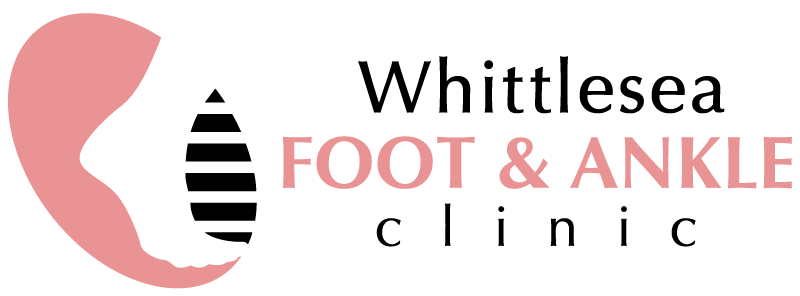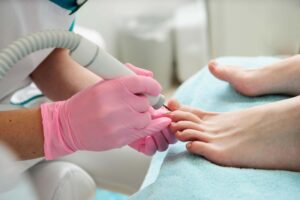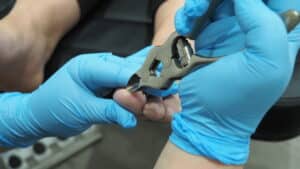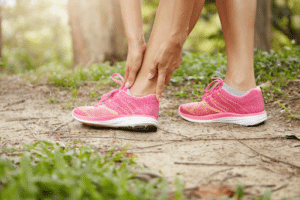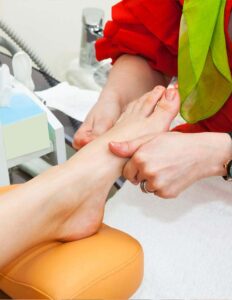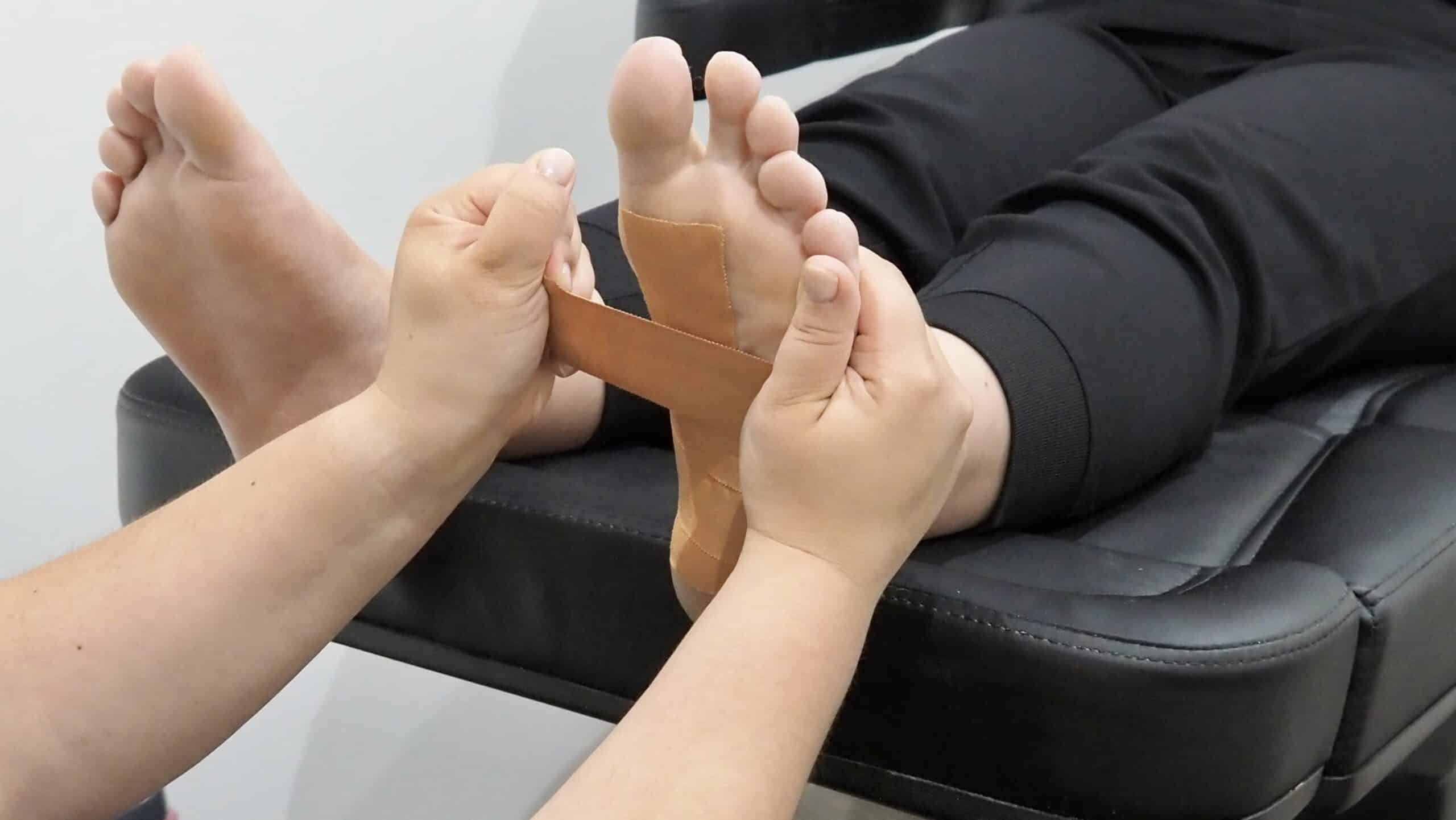Are you experiencing pain at the back of your heel?
Is it painful to get out of bed in the mornings?
Keep reading to find out why.
Achilles pain can be excruciatingly painful and if it isn’t acted on quick enough it can linger around and be even harder to get rid of.
Achilles tendonitis can be defined as a condition where the tendon behind your foot becomes inflamed. The inflammation may be localised to the end of the tendon near the heel or it can spread further to affect the calf muscles higher up the leg. In comparison, Achilles Tendinopathy is a chronic inflammatory degeneration of the collagen protein. It refers to a combination of pathological changes affecting the achilles tendon.
Diagnosing achilles tendinopathy required a medical examination and thorough history to be undertaken. A biomechanical assessment including footwear history, exercise regime and habits are all assessed. In addition, a physical examination of walking or running will help diagnose this condition. Imaging referral such as ultrasound, MRI or x-ray will be able to confirm any inflammation, tear or other abnormalities involved with the achilles tendon.
What are some common causes?
- Footwear: wearing shoes with reduced support whilst undertaking an high impact activity can increase the risk of achilles injury
- Foot posture: individuals who experience rolling in feet whilst walking or running are more prone to tight and painful achilles tendons due to the constant mechanical stress placed on the heel and surrounding tendons.
- Overuse injury: If the achilles tendon is placed under repetitive stress it can develop small tears and/or degeneration. Individuals who play sports involving jumping are at an increased risk of this.
What signs and symptoms should we look out for?
- Pain anywhere along the tendon, but most often on or close to the heel
- Swelling of the skin over the tendon, associated with warmth, redness and tenderness
- Pain on rising up on toes and pain when pushing off on the toes
- A painful heel for the first few minutes of walking after waking up in the morning
- Stiffness of the ankle, which often improves with mild activity.
So, you’ve injured your achilles. What now?
For any soft tissue injury, immediate treatment should consist of the RICE protocol:
- Rest – resting the affected foot and avoiding weight-bearing activities.
- Ice – use ice packs to help ease the swelling, pain and redness.
- Compression – compress the affected foot and ankle with elastic compression bandage.
- Elevation – elevate the affected foot as much as possible whilst the inflammation settles.
This should be performed 48-72 hrs after injury, this aims to reduce further damage within the joint. In addition, the acronym No HARM should be applied to decrease swelling to the injured area: no Heat, no Alcohol, no Running/activity, no Massage.
Whether it’s your first or fifth achilles injury or you’ve luckily never experienced any damage to this area is it a good idea to look into ways to prevent an achilles injury from occurring:
- Footwear: ensure you wear appropriate footwear with the correct stability and support for the specific activity being performed..
- Warm ups/cool downs: it is very important to increase oxygen to your muscles and regular blood flow by performing basic exercises at the beginning and end of each training session or game.
- Strengthening/stretching: regular exercises that aim to maintain and increase flexibility and strength to the achilles is vital to help prevent an injury occurring.
- Too much too soon: avoid this but gradually increase the duration and intensity of activity over a period of time.
If you have any questions about achilles tendon pain or want to book in for your first consultation, feel free to give us a call on 8468 2411 or book via our website here
